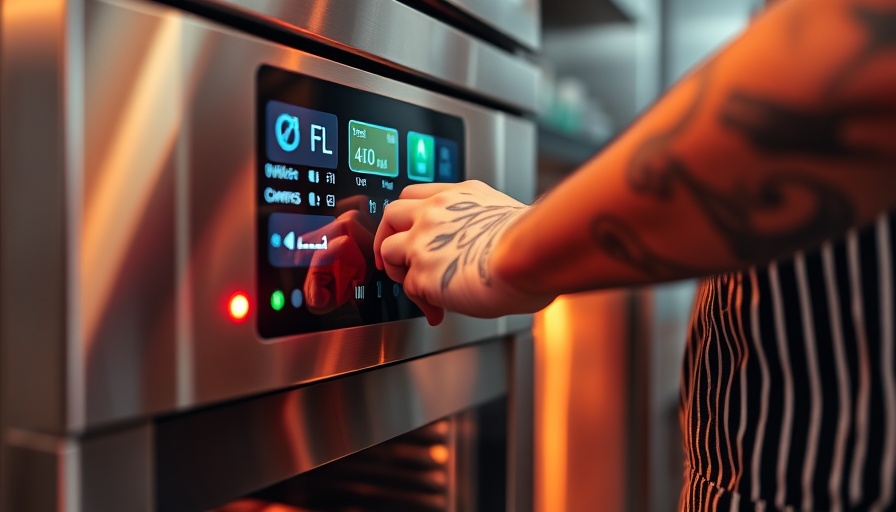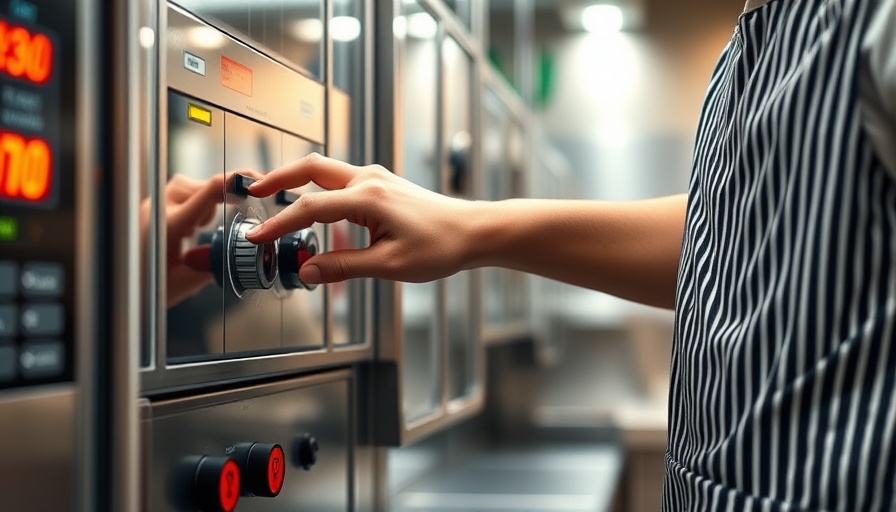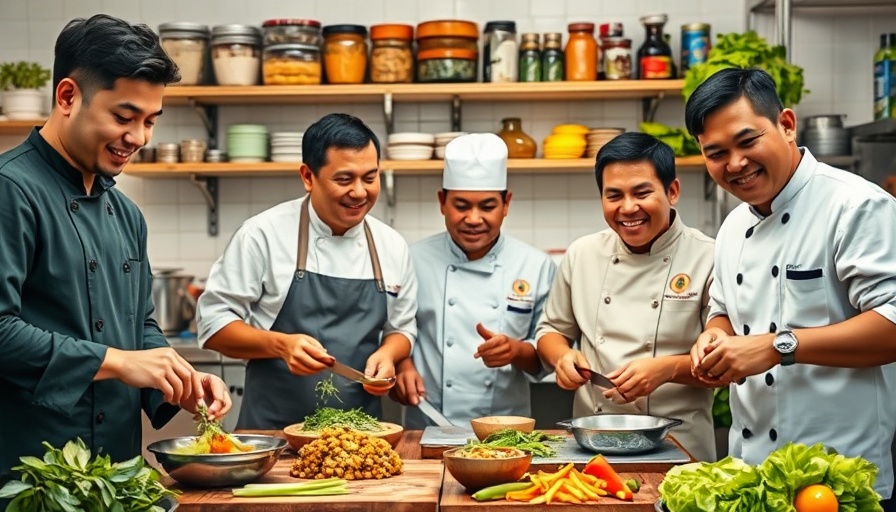
A Culinary Journey Through Oktoberfest
As the vibrant festivities of Oktoberfest kick off in Munich, one delightful aspect cannot be overlooked: the food! While the beer may steal the limelight, the culinary landscape plays a pivotal role in the festival’s charm. From savory to sweet, here’s a rundown of must-try Oktoberfest foods that will ignite your taste buds.
Wurst – A Sausage Feast
No visit to Oktoberfest is complete without indulging in the famous wurst, particularly the iconic Weißwurst and Bratwurst. These sausages are grilled to perfection and served with sweet mustard and freshly baked pretzels. The combination of flavors ensures a hearty experience, leaving you craving for more.
Delightfully Crispy Schweinshaxe
Next up is the Schweinshaxe, or pork knuckle. This dish is known for its crispy skin and tender meat. Often coupled with gravy and served alongside potato dumplings or sauerkraut, it’s a feast fit for a king. The flavors meld beautifully, making this a dish you simply can’t pass up!
Sweet Treats – Streuselkuchen and More
Sweeten your experience with a slice of Streuselkuchen, a crumbly cake that is delightful with its fruity filling. Pair it with a cup of mulled wine or coffee for a cozy touch. The amalgamation of spices and sweetness creates a perfect end to your Oktoberfest adventure.
Don’t Forget the Pretzels!
Lastly, what’s Oktoberfest without the quintessential Brezn? These soft pretzels have an irresistible charm, served warm and sprinkled with coarse salt. Enjoying a pretzel while sipping on beer epitomizes the festive spirit, making it a must-have!
The Essence of Oktoberfest Cuisine
In conclusion, Oktoberfest isn’t just a celebration of beer; it’s a culinary delight that brings people together over shared flavors and traditions. As you navigate the festival, savor these dishes to truly immerse yourself in the Bavarian culture. Cheers to great food and lasting memories!
 Add Row
Add Row  Add
Add 




Write A Comment